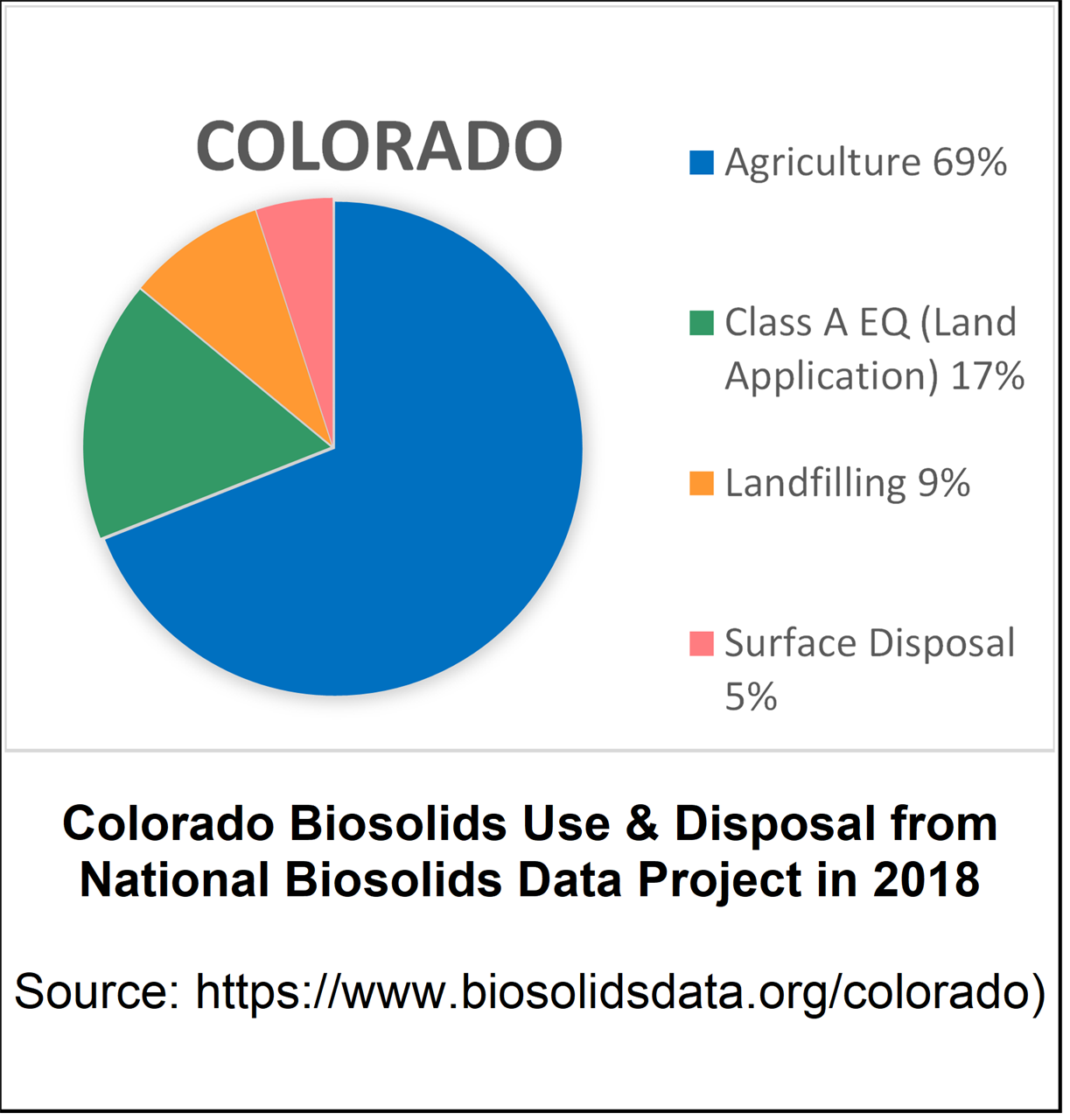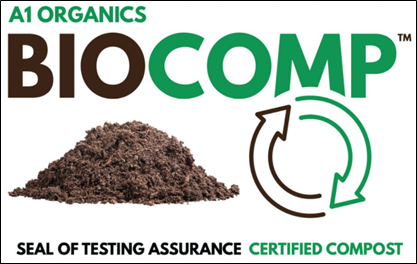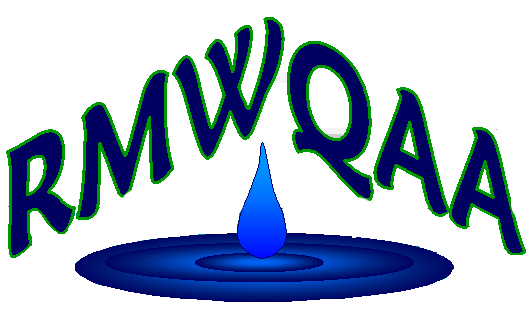Spring has sprung! Like many gardeners, I am spending my weekends starting seeds, purchasing compost, and readying my beds for the upcoming growing season. Before entering the wastewater field, I had not anticipated that this hobby could be so closely tied together with my profession. While I was familiar with using animal manure as a garden amendment, I hadn’t realized that a byproduct from wastewater treatment could also be used to enrich my soil.

During the wastewater treatment process, liquids get separated from solids during primary and secondary treatment. Those solids are treated physically, chemically, and biologically to produce a nutrient-rich “sewage sludge” or “biosolid”. The solids can be disposed of as a waste, or they can be further processed, tested, and used as a source of nutrients for agricultural land and reclamation sites. This has many benefits, including:
- Adding nutrients without the use of synthetic fertilizers
- Improving soil structure and preventing erosion
- Diverting solid waste from landfills
For biosolids to be used for land application, they must meet federal and state requirements. This includes limiting concentrations of pathogens and pollutants such as heavy metals, as well as reducing the material’s attractiveness to vectors such as flies and mosquitoes. The biosolids are classified as Class A or Class B. The different classes have different treatment methods (e.g., digestion, composting, drying) and different requirements for contaminant levels and land application.
- Class A Biosolids are treated in a way that significantly reduces fecal coliforms, along with other bacteria and viruses. Class A’s strict limits must be met for the biosolids to be publicly available. Exceptional Quality (EQ) Class A biosolids can be bagged and sold to the public and can be applied to home lawns and gardens.
- Class B Biosolids have higher contaminant limits compared to Class A. As a result, site restrictions are necessary. Public access must be limited for a time period after land application. On agricultural land, there are also “resting periods” after application before harvesting and/or grazing can occur.


The EPA annual biosolids reports estimates that over 4.75 million dry metric tons of biosolids were produced in the U.S. in 2019. Over half of this (~2.4 million dry metric tons) was beneficially used for land application. A survey from the National Biosolids Data Project breaks down biosolids use for each state and estimates that Colorado beneficially reuses a larger portion of our biosolids – with 86% going to land application.
Buying Biosolids
Some wastewater treatment facilities sell their Class A compost directly to consumers. The City of Santa Fe mixes biosolids from their wastewater treatment plant with other material to create their “Santa Fe Biosolids Compost”. Others send their biosolids to commercial composters. In Colorado, A1 Organics advertises that their compost product BioComp® contains biosolids and other organic material that might otherwise be disposed of in landfills (such as brewery and food waste).

PFAS and Steps Forward
While the positives of land application of biosolids are plentiful, it’s probably no surprise that the “forever chemicals” PFAS (per- and polyfluoroalkyl substances) are an upcoming concern for biosolids – just as they are everywhere else in the industry. These persistent chemicals have been used since the 1940s and are found in many common products such as household cleaners, floss, food packaging, and clothing. PFAS are not utilized in the wastewater treatment process, but may be present in the waste stream received by the facilities.
New studies have identified trace levels of PFAS in biosolids, which has sparked fear in some. However, biosolids have not been found to be a primary exposure pathway for PFAS. The concentrations being reported are generally very small, below the most stringent direct contact standards for soils.
While the PFAS spotlight is largely on drinking water, much research is still being done on the impact of PFAS in biosolids. The EPA plans to complete a risk assessment of PFAS in biosolids by winter of 2024, which will serve as the basis for determining whether regulation of PFAS in biosolids is appropriate.
Reducing PFAS in biosolids will best done by preventing their introduction to the waste stream in the first place. Reducing the commercial use of PFAS and stopping their discharge through industrial pretreatment programs will significantly reduce the PFAS received by wastewater reclamation facilities, and will therefore reduce their concentrations in biosolids.
References:
Jessica DeHerrera is an Analyst II at Metro Water Recovery, where she is responsible for the laboratory’s metals analyses. She has 10 years of experience working in the water quality field. She enjoys hiking, cuddling her dog Pearl, and leading her neighborhood community garden.
 Welcome to the
RMWQAA Website!
Welcome to the
RMWQAA Website!  Welcome to the
RMWQAA Website!
Welcome to the
RMWQAA Website!